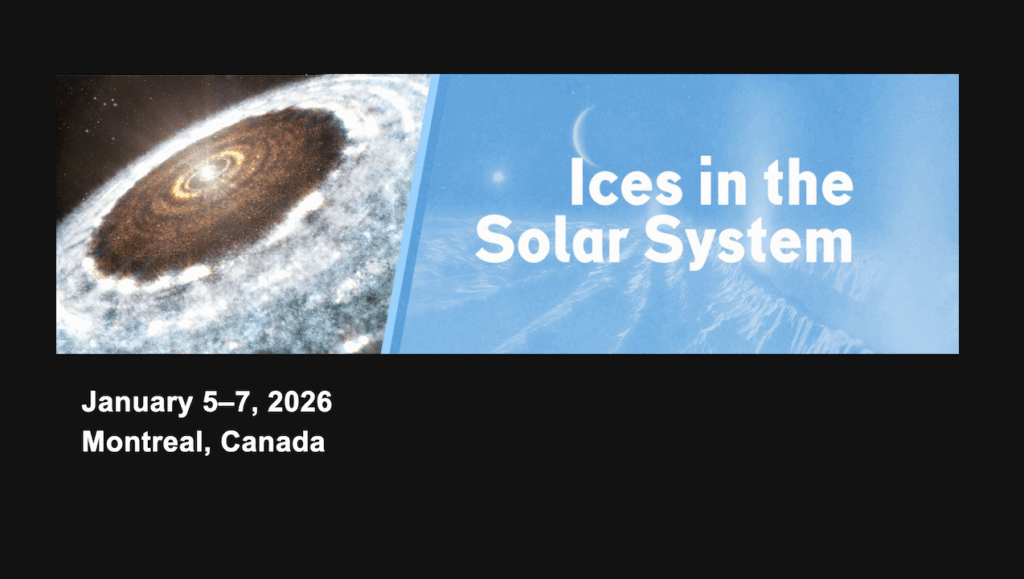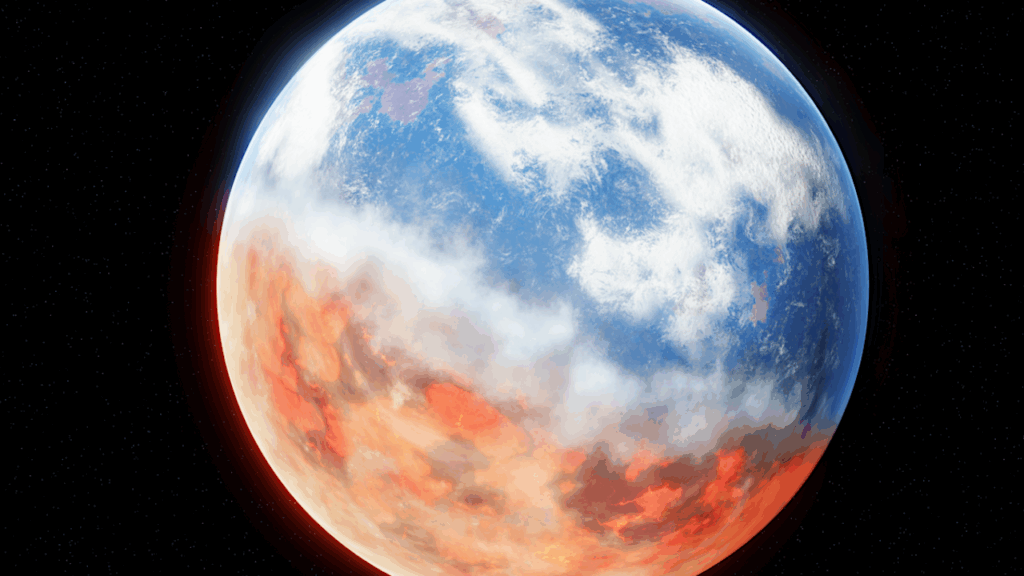Detecting Biospheres from Thermodynamic Disequilibrium in Planetary Atmospheres

Atmospheric chemical disequilibrium has been proposed as a method for detecting extraterrestrial biospheres from exoplanet observations.
Chemical disequilibrium is potentially a generalized biosignature since it makes no assumptions about particular biogenic gases or metabolisms. Here, we present the first rigorous calculations of the thermodynamic chemical disequilibrium in the atmospheres of Solar System planets, in which we quantify the difference in Gibbs free energy of an observed atmosphere compared to that of all the atmospheric gases reacted to equilibrium.
The purely gas phase disequilibrium in Earth’s atmosphere, as measured by this available Gibbs free energy, is not unusual by Solar System standards and smaller than that of Mars. However, Earth’s atmosphere is in contact with a surface ocean, which means that gases can react with water, and so a multiphase calculation that includes aqueous species is required. We find that the disequilibrium in Earth’s atmosphere-ocean system (in joules per mole of atmosphere) ranges from ~20 to 2E6 times larger than the disequilibria of other atmospheres in the Solar System depending on the celestial body being compared. Disequilibrium in other Solar System atmospheres is driven by abiotic processes, and we identify the key disequilibria in each atmosphere. Earth’s thermodynamic disequilibrium is biogenic in origin, and the main contribution is the coexistence of N2, O2 and liquid water instead of more stable nitrate.
In comparison, the disequilibrium between O2 and methane constitutes a negligible contribution to Earth’s disequilibrium with this metric. Our metric requires minimal assumptions and could potentially be calculated using observations of exoplanet atmospheres. Our Matlab source code and associated databases for these calculations are available as open source software.
Joshua Krissansen-Totton, David S. Bergsman, David C. Catling (Submitted on 28 Mar 2015)
Comments: Code will be available upon publication
Subjects: Earth and Planetary Astrophysics (astro-ph.EP)
Cite as: arXiv:1503.08249 [astro-ph.EP] (or arXiv:1503.08249v1 [astro-ph.EP] for this version)
Submission history From: Joshua Krissansen-Totton [v1] Sat, 28 Mar 2015 00:27:49 GMT (1162kb) http://arxiv.org/abs/1503.08249








